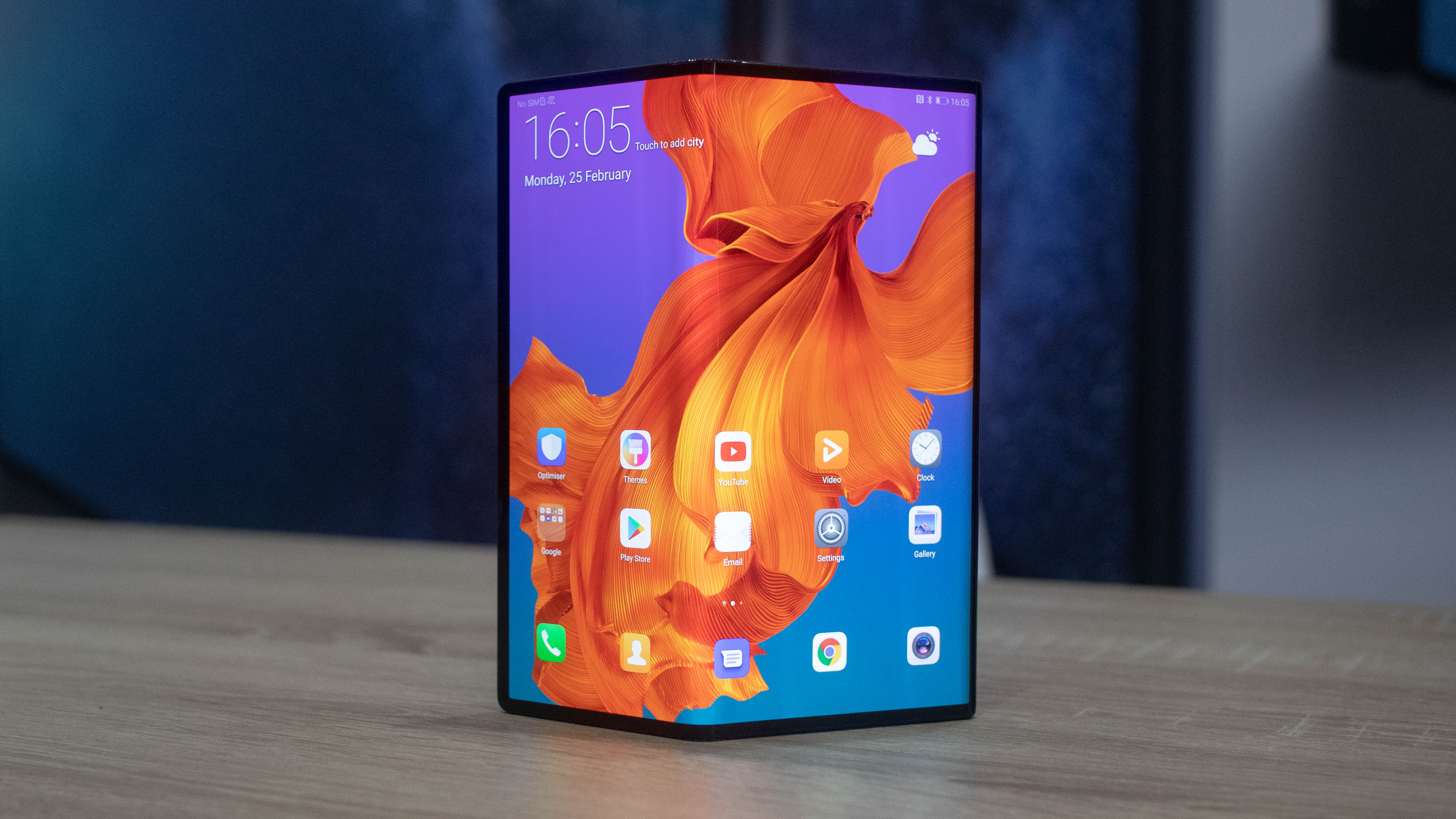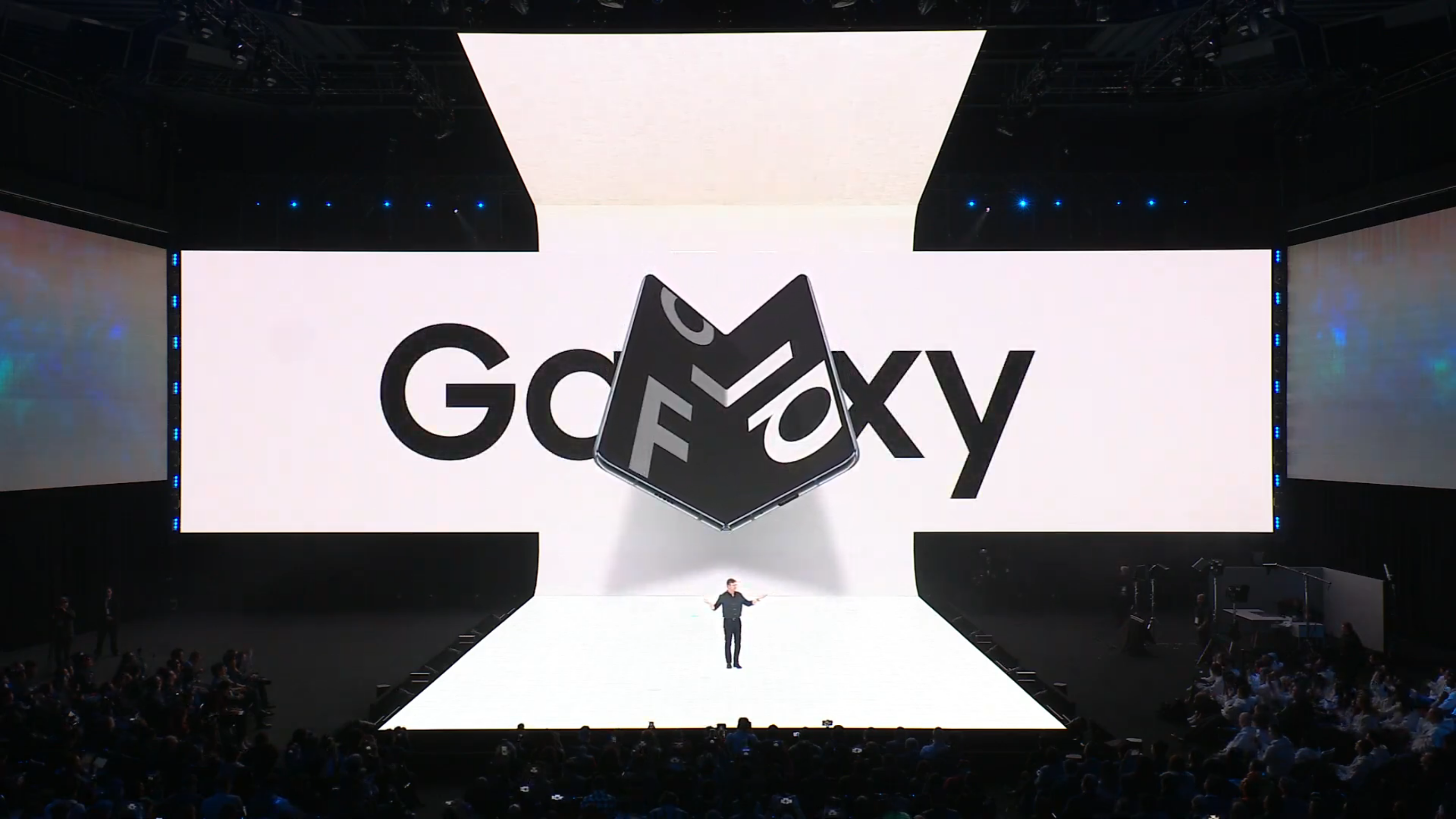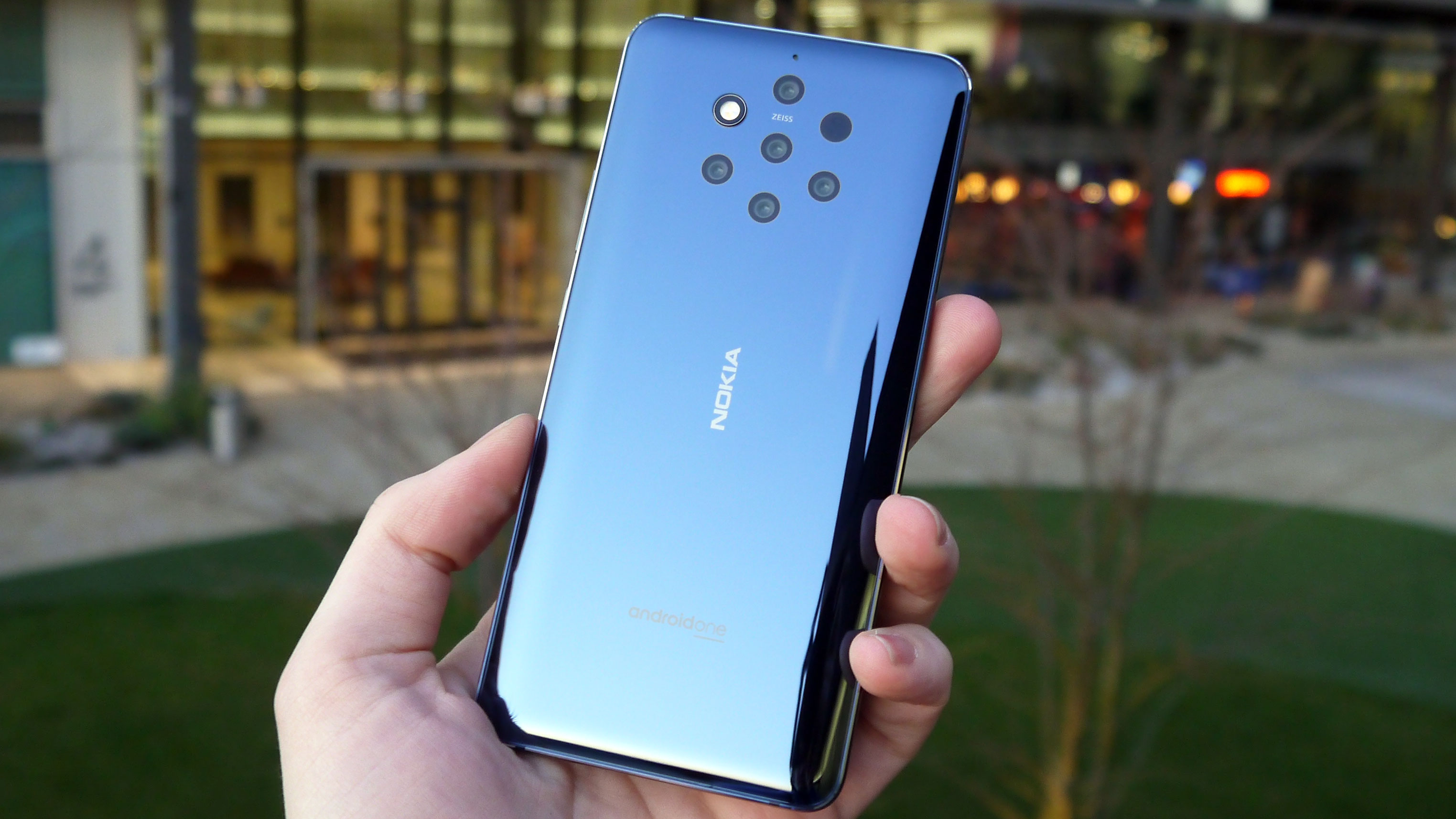Foldable phones, 5G and cinematic screens: how smartphones are changing this year
MWC 2019 showed a quiet revolution is coming

I’m sitting on the plane back from Barcelona, having just finished another marathon effort of walking around a conference center looking at new phones and the things they can do.
This is my 11th consecutive trip to Mobile World Congress, and this was one of the weirdest ones yet – and it was also oddly refreshing.
The two main topics – foldable phones and 5G – were brought up in nearly every press conference or corporate slogan in one form or another.
And yet there was an air of difference - a quieter schedule, in some ways, that allowed some key new innovations to take center stage.
A quieter beginning
MWC started in a more sedate fashion this year. At previous shows we’ve had umpteen launches from major brands packed into a crazy first couple of days, followed by a mad rush to try out all the new things launched.
This year, Sunday (the normal press conference day) felt far more measured, and there were only a few announcements on Monday morning.
The main reason for this was Samsung. The brand has an on/off relationship with MWC when it comes to device launches, and this year it decided to do its own thing the week before the expo kicked off, which gave the competition more choice in press conference times.
Get daily insight, inspiration and deals in your inbox
Sign up for breaking news, reviews, opinion, top tech deals, and more.
Samsung's launch was around the new Galaxy S10 range, but it unveiled eight new products without having to share the spotlight with other manufacturers (those launched included the bendable Samsung Galaxy Fold that got the tech industry under the collar about this new product category).

With no Galaxy S product launch to steer clear of (no sane brand would launch a device at the same time as Samsung, for fear of nobody turning up) there was a lot more time and space for the other brands to spread their press conferences out.
One such company was Huawei, which arguably ‘won’ MWC with the flexible, 5G-enabled Mate X phone (and it took our Best in Show title in the annual TechRadar MWC awards).
If the Galaxy Fold got us all a-flutter, the Huawei Mate X generated real anticipation for the new smartphone form factor.
The difference between the Mate X and Galaxy Fold is that the latter was trapped behind a glass cabinet, where we actually got to touch the Mate X, and experience what genuinely felt like the beginning of a new wave in the smartphone revolution.
It even features an as-yet unused camera that the brand is holding back – likely to do with the fact the we'll see something similar on the forthcoming Huawei P30.
The presence of those two phones, combined with concept devices from the likes of TCL and Energizer, showed that the foldable wave is very much on the way.
A more normal launch
Other brands weren’t so avant garde, with Sony ‘only’ launching a raft of new smartphones, including the Sony Xperia 1 and Xperia 10 with a hyper-long display featuring a cinematic 21:9 aspect ratio.
I reviewed the LG BL40 Chocolate phone a decade ago with the same kind of long display (this was before LG really got into smartphones) and dismissed it as a luxury, novelty device, so it will be interesting to see if Sony can change that perception.
The same brand also showed off a 5G prototype phone, but told us that it wasn't going to start riding the next-gen connectivity wave until the networks actually began switching them on.
The idea of a long, 21:9 screen (in the same ratio many top films are shot in) is an interesting one - Sony believes enough people are watching full-length movies on their phone these days to warrant bringing out a phone that almost exclusively caters for them.
The handset also featured a cinematography professional mode, allowing 'content creators' to shoot better footage on the go... this is a bold move from Sony, targeting more of a niche of the market, so it will be interesting to see if it pays off.

Xiaomi’s presence was elevated this year at MWC, with a more prominent display in the main hall of the show.
It presented a global version of the Xiaomi Mi 9 phone it launched last week in China, as well as a 5G variant of last year’s Mi Mix 3 – hardly earth-shattering stuff though, and there was no sign of the foldable concept phone it showed off last month.
That said, the launch was still a momentous shift in strategy Xiaomi, as the global unveiling of the Mi 9 was the first time it had brought a worldwide device to MWC – in the past it’s preferred to concentrate on places like China and India, where it’s traditionally been strongest.
If Xiaomi becomes a global player – and with low prices, underpinned by a promise to never make more than 5% profit on the hardware it sells, it could well become just that – then we could see a real competitor to the incumbents emerge.
Waving, not drowning
In terms of the usual suspects from years gone by, LG launched with one of the biggest fanfares, although while the LG G8 and LG V50 5G were on show they lacked a really useful headline feature.
The G8 certainly had something to talk about – the ability to use the veins in your hand to unlock your phone, called Hand ID, and a Microsoft Kinect-style camera that could track your palm in real time (Air Motion), allowing you to control the phone using gestures.
The thing is, these aren’t really features that consumers are looking for – they seem more like novelties that might get forgotten about pretty quickly after purchase.
The G8 has all the elements of being a really rather decent phone, as LG has always brought decent cameras, screen and battery life to the mix with its flagship devices; if the main selling point is being able to waggle a hand to unlock your device, then it could be a hard sell… but we’ll reserve judgement until our final review.

The V50 5G is an interesting phone – not because of the handset itself, but because you'll be able to buy a DualScreen attachment that doubles the displays on the handset.
This is designed to allow users to make the most use of the fancy 5G connections that are on their way, and is also LG's rebuttal to the expensive foldable phones. It doesn't quite offer the same seamless experience.

That said, the combination of the V50 and the DualScreen is going to cost a lot less than a foldable phone, and does offer the chance to do things like watch a YouTube video and comment at the same time – something Huawei highlighted as it extolled to us the virtues of having a foldable phone with a massive screen.
A more mature Nokia
Nokia phones were back at MWC for the third year after the brand was reincarnated by HMD Global, but this was the first year that we didn’t see a rebooted ‘classic’ phone, after the iconic Nokia 3310 and 8110 both reappeared in the last 24 months.
Instead, we got a more 'regular' launch, with a few new smartphones, the most interesting of which was the Nokia 9 Pureview, a phone with five cameras.
The 'penta-sensor' design doesn't even use the same multi-format cameras that the other brands are offering, where they’re shoving in a wide-angle, zoom and standard lens on the back of their handsets.

Instead, you’ve got RGB and monochrome snappers, and all five images are snapped at the same time, then combined to bring a more impressive picture at the end.
Nokia told us that this was a feature its fans had been clamoring for since it returned to the smartphone game, and that the 9 Pureview is following in the footsteps of the Nokia 808 Pureview and Lumia 1020 – we’re looking forward to seeing how that claim holds up in our full review.
OnePlus was a cryptic brand at MWC this year – it was technically at the show with a much-shielded, concept phone on the Qualcomm stand, to show off its 5G capabilities – but we didn’t see anything on the much-vaunted OnePlus 7, due to be coming later this year.
Our senior phones editor, John McCann, found some interesting clues about the upcoming OnePlus 7 after investigating the concept device though, so we’re a little more in the know a out what’s coming down the line.
And a big clap to Nubia for showing off the Nubia Alpha at MWC this year – a wearable and phone combined into a weird curved-screen bracelet.
It’s got cameras, a funky interface, and a very blinged-up option… it’s not going to spark a new category of wearables, but it was certainly novel.

While it's technically a foldable phone, it's not the same bendable display as we've seen from Samsung or Huawei - and it's got its own wearable OS, rather than a recognized platform.
Will it be a real success? It's hard to say until we get the chance to try it out properly, as alternative operating systems can be a bit hit or miss... but at least it's fun to see different things emerging, and that really was rather the theme of this year's MWC in Barcelona.
MWC (Mobile World Congress) is the world's largest showcase for the mobile industry, stuffed full of the newest phones, tablets, wearables and more. TechRadar reported live from Barcelona all week to bring you the very latest from the show floor. Head to our dedicated MWC 2019 hub to see all the new releases, along with TechRadar's world-class analysis and buying advice about your next phone.

Gareth has been part of the consumer technology world in a career spanning three decades. He started life as a staff writer on the fledgling TechRadar, and has grew with the site (primarily as phones, tablets and wearables editor) until becoming Global Editor in Chief in 2018. Gareth has written over 4,000 articles for TechRadar, has contributed expert insight to a number of other publications, chaired panels on zeitgeist technologies, presented at the Gadget Show Live as well as representing the brand on TV and radio for multiple channels including Sky, BBC, ITV and Al-Jazeera. Passionate about fitness, he can bore anyone rigid about stress management, sleep tracking, heart rate variance as well as bemoaning something about the latest iPhone, Galaxy or OLED TV.